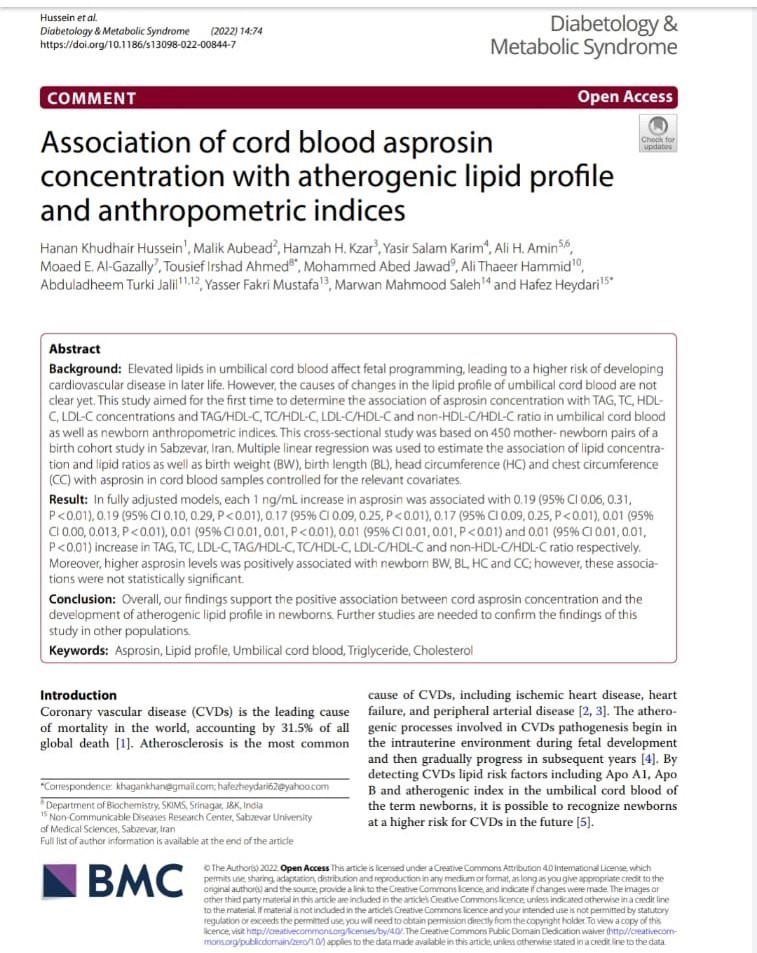.png)
Effect of heavy metals (cadmium) on maize plant
Effect of heavy metals (cadmium) on maize plant
Dr. Rabah Salim Shareef Gumaa
Wheat and maize are the major crops grown in the world, and they serve as a staple food in different parts of the world. Among the cadmium sensitive plants, maize has a high cadmium tolerance.
Cadmium absorption depends on the ability of plants to resist its toxic effects, as one of the researchers indicated that cadmium is toxic to most living organisms and is a human carcinogen, unlike metals such as iron (Fe + 2) and copper (Cu + 2). Also, the accumulation of cadmium in plants may cause many physiological, biochemical and structural changes. Cadmium accumulation alters the absorption of mineral nutrients by interacting with the water balance in the plant as it prevents the opening of stomata in plant leaves.
The exposure of plants to cadmium causes major damages at the cellular and physiological level to plants, as soil contamination with heavy metals is an important problem that hinders plant growth. The addition of cadmium in the nutritional media of wheat plants hindered the growth of the stem and roots, as the gas exchange reactions (photosynthesis and transpiration rates) decreased when exposed to cadmium, which leads to a decrease in plant growth.
It has been confirmed that the presence of high concentrations of heavy metals in the topsoil leads to the inhibition of nutrient absorption, physiological processes and metabolism and thus reduces plant growth and also causes yellowing of the leaves due to the interference of photosynthesis and respiration, damage to the cell membrane and root apex, and also reduces Water and nutrient absorption and enzyme damage. Heavy metals also increase antioxidant enzyme activities in plants.
Where the data showed that the concentration of cadmium in the roots and stems of plants increases with the increase of external cadmium up to 50 mmol of cadmium nitrite. And the accumulation of cadmium in the roots is greater than the rest of the plant parts, but its accumulation varies between corn varieties. Due to the increased activity of peroxidases (a wide group of enzymes involved in a large number of biological processes involving oxidation-reduction reactions. These enzymes are named after the peroxide compounds that are broken down in this process). And the lack of cadmium transfer to the stems, and some sources also indicate that the increase in the concentration of cadmium in the soil led to an increase in its accumulation in maize grains in particular.
In a study carried out by a researcher interested in the effect of heavy metals and their impact on plant growth, he planted four crops (wheat, maize, sorghum and cucumber) to assess the environmental toxicity of soil amended with cadmium. The researcher indicated that the presence of cadmium reduced the growth of seedlings for all studied crops. Furthermore, it was found that root growth was more sensitive at the end point (root apex) than stem growth due to the increased accumulation of Cd in the roots. In another study, it was indicated that the distribution of cadmium and lead in corn planted in fields close to iron smelting plants. The results showed that a large amount of cadmium accumulated in the stems through the absorption of roots from the soil, and showed a decrease in biomass yield and stem length at the highest concentration of cadmium. While chlorophyll pigments decreased at the lower level of cadmium application. Decreased biomass was also observed in maize plant based on its exposure to cadmium. The presence of cadmium in plants affects the photochemical efficiency, induces oxidative stress and damages membranes. As this leads to a decrease in growth characteristics such as root length, plant height, fresh and dry weights of shoots and root with increased addition to the soil, as well as plant pigments such as chlorophyll a, chlorophyll b, and total carotenoids. plant, where they found that photosynthetic pigments showed a sharp decrease (50%, 28% and 45% of chlorophyll a, chlorophyll b and carotenoids, respectively) in 10 μmol/L of cadmium-treated plants as compared to the control. The use of cadmium also strongly inhibits the formation of grains, as at high levels of cadmium in plants does not produce grains in the corn cob, as it is more absorbed by plants grown in the soil.

